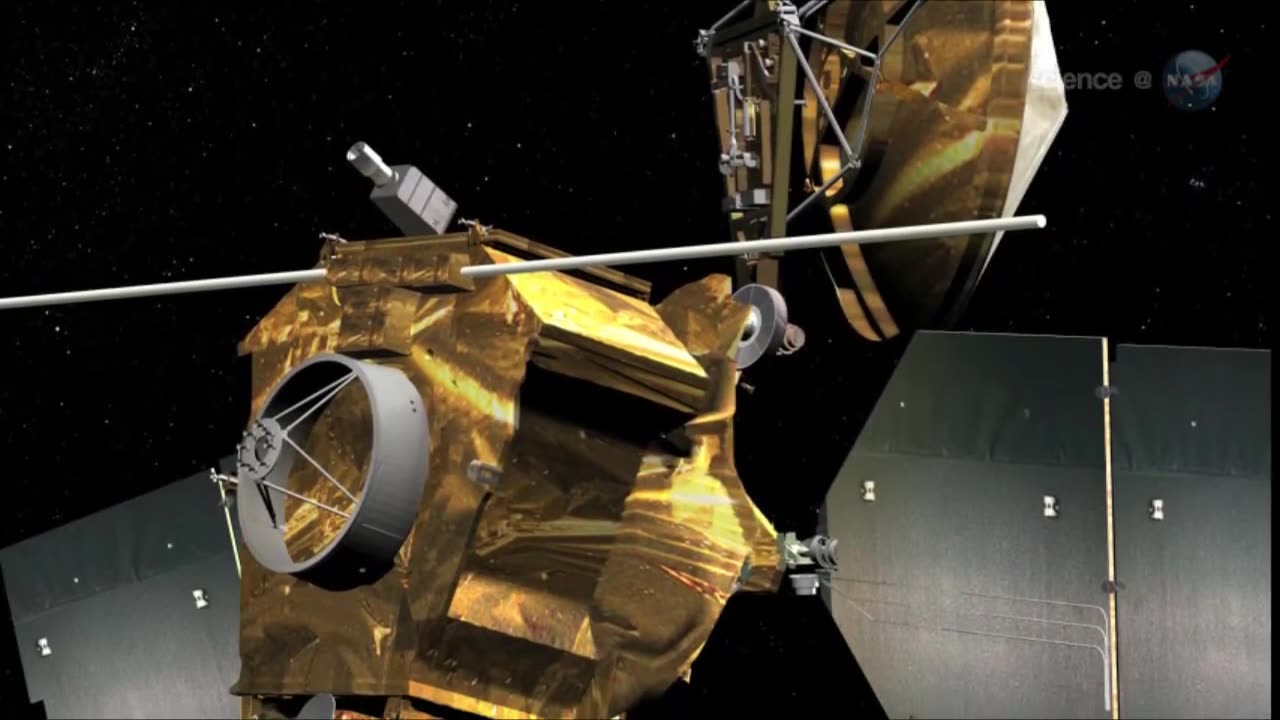Premium Only Content

WHAT is a MERCURY PLANET ?
Mercury is the smallest and innermost planet in the Solar System. It is located closest to the Sun, and its orbit takes it around the Sun once every 88 Earth days.
Mercury is a rocky planet, similar in appearance to Earth's Moon. It has a heavily cratered surface, with cliffs and mountains rising up from the plains. The surface is also dotted with numerous impact craters, the result of collisions with comets and asteroids over the course of its 4.6 billion year history.
Mercury has a very thin atmosphere, made up mostly of oxygen, sodium, and hydrogen. It has no moons or rings, and it has a very weak magnetic field. Despite its proximity to the Sun, the surface of the planet is cold because it has no atmosphere to trap heat from the Sun.
Mercury is a relatively small planet, with a diameter of just under 4,880 kilometers (3,032 miles). It has a mass about 1/18 that of Earth and a surface gravity that is only about a third as strong as Earth's.
Mercury is also a very hot planet, with surface temperatures that can reach up to 800 degrees Fahrenheit (427 degrees Celsius) during the day and plummet to -290 degrees Fahrenheit (-180 degrees Celsius) at night. This is because it has no atmosphere to hold in heat or to protect it from the sun's radiation.
Despite its small size and close proximity to the sun, Mercury is not an easy planet to study. It is difficult to observe from Earth because it is always close to the sun in the sky, and it is also difficult to send spacecraft to because of the extreme heat and radiation that it experiences. Despite these challenges, scientists have been able to learn a great deal about this fascinating planet through the use of telescopes, space probes, and other tools.
Mercury is one of the least explored planets in the Solar System, due in part to its extreme temperatures and lack of atmosphere. However, it has been visited by a number of spacecraft, including Mariner 10, MESSENGER, and BepiColombo. These missions have provided scientists with valuable insights into the planet's history, surface features, and internal structure.
-
 LIVE
LIVE
Barry Cunningham
4 hours agoBREAKING NEWS: KAROLINE LEAVITT HOLDS WHITE HOUSE PRESS CONFERENCE (AND MORE NEWS)
3,619 watching -
 2:53:12
2:53:12
Right Side Broadcasting Network
5 hours agoLIVE REPLAY: White House Press Secretary Karoline Leavitt Holds a Press Briefing - 8/28/25
51.8K29 -
 LIVE
LIVE
Simply Bitcoin
2 hours ago $0.23 earnedIs This Your LAST Chance to Buy Bitcoin Before the GENERATIONAL Bull Run Begins? | EP 1320
268 watching -
 LIVE
LIVE
Major League Fishing
6 days agoLIVE! - Fishing Clash Team Series: Challenge Cup - Day 5
189 watching -
 1:59:46
1:59:46
The Charlie Kirk Show
2 hours agoShould Taylor Swift Submit? + What's Wrong In Minneapolis? + MAHA vs. CDC | 8.28.2025
26K10 -
 LIVE
LIVE
StoneMountain64
44 minutes ago#1 WARZONE TACTICIAN + New Battlefield Trailer
124 watching -
 50:23
50:23
The White House
1 hour agoPress Secretary Karoline Leavitt Briefs Members of the Media, Aug. 28, 2025
3.05K15 -
 1:01:34
1:01:34
Timcast
3 hours agoCatholics Targeted By TRANS Shooter, Left Blames CHRISTIANITY
129K88 -
 2:09:57
2:09:57
Steven Crowder
4 hours agoTotal Failure: Unpacking The Media's Evil Reaction to the Minneapolis Church Shooting
284K265 -
 LIVE
LIVE
Side Scrollers Podcast
3 hours ago4Chan SUES UK Government + Craig Has Mental Illness Fatigue + Knight Rider REBOOT | Side Scrollers
326 watching